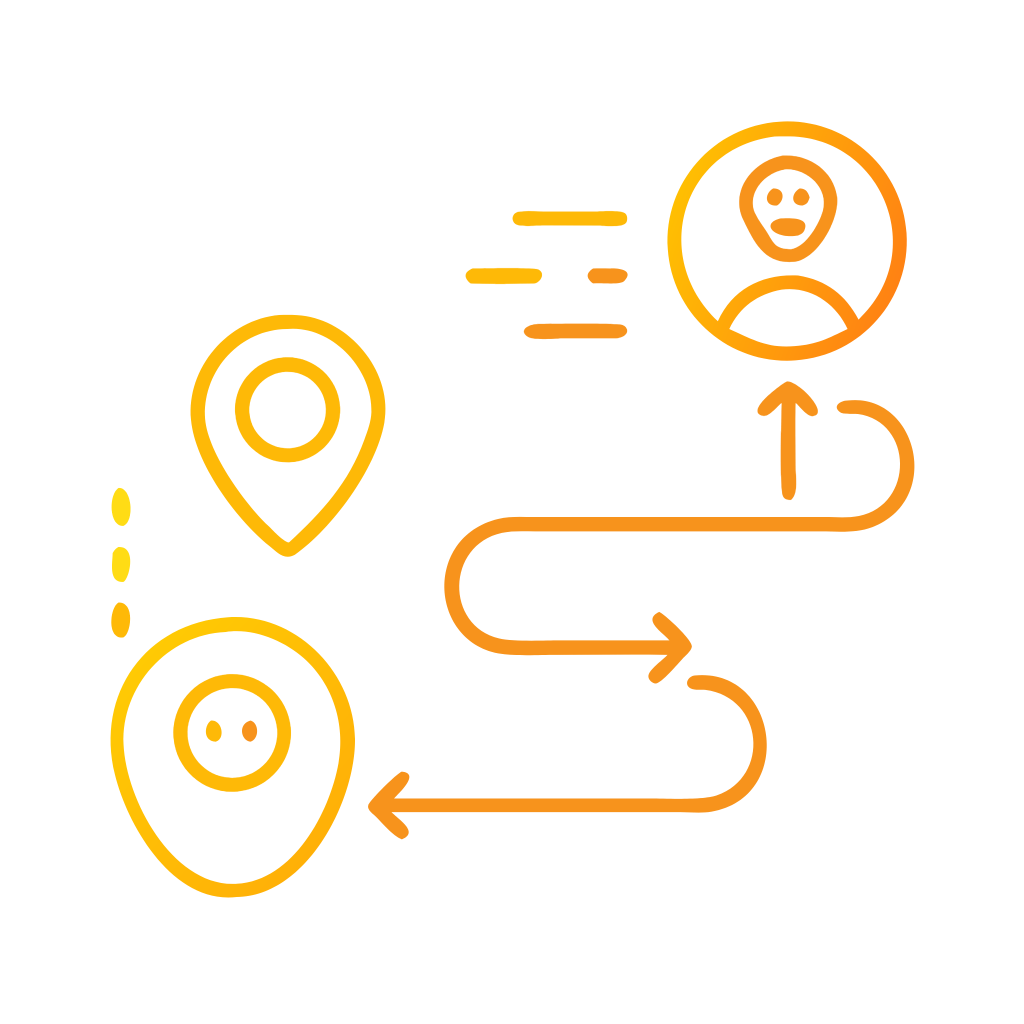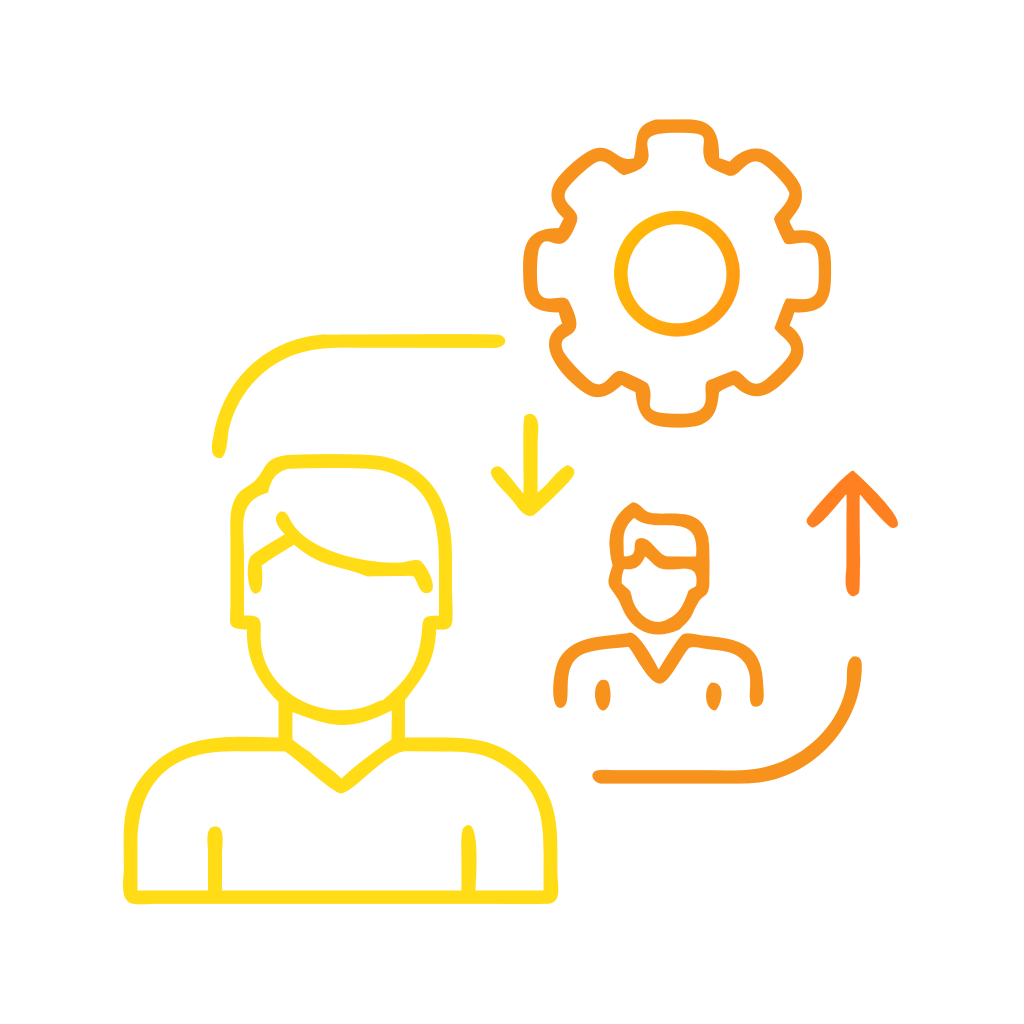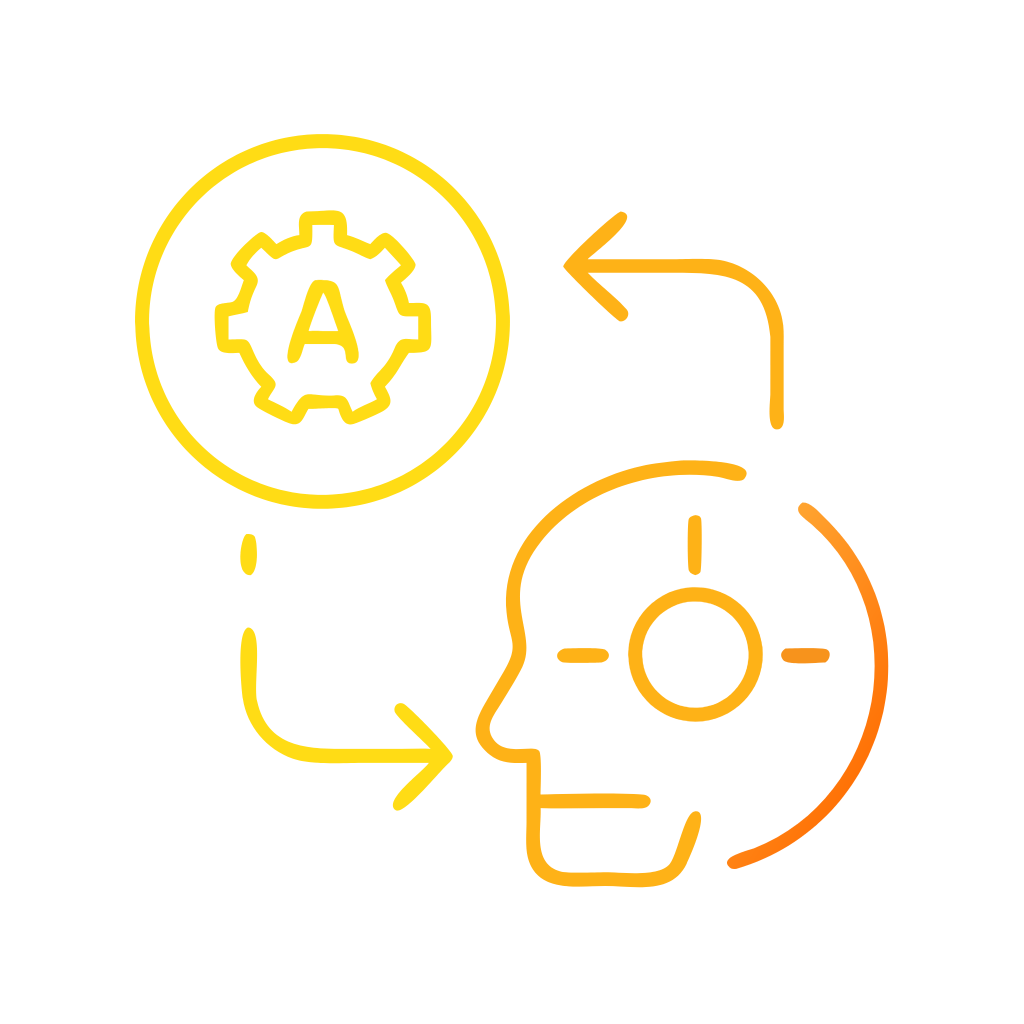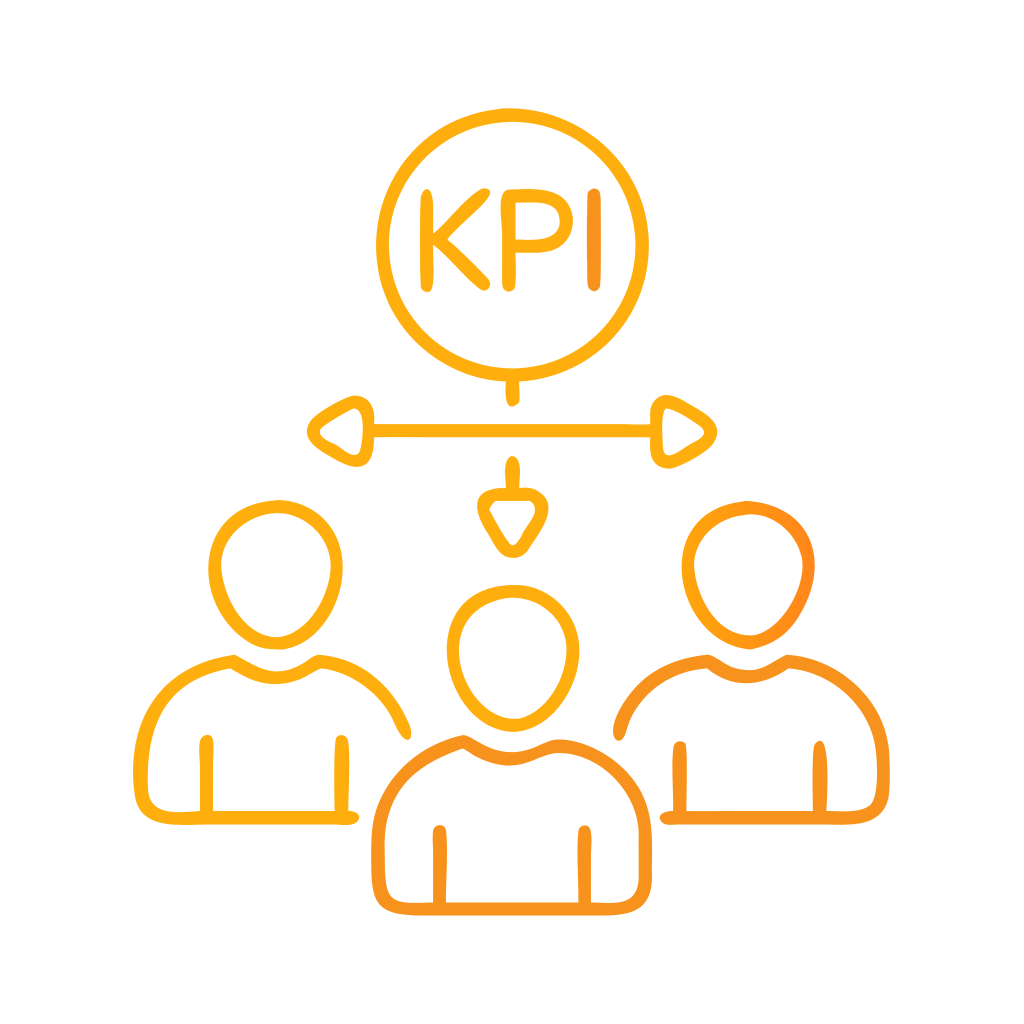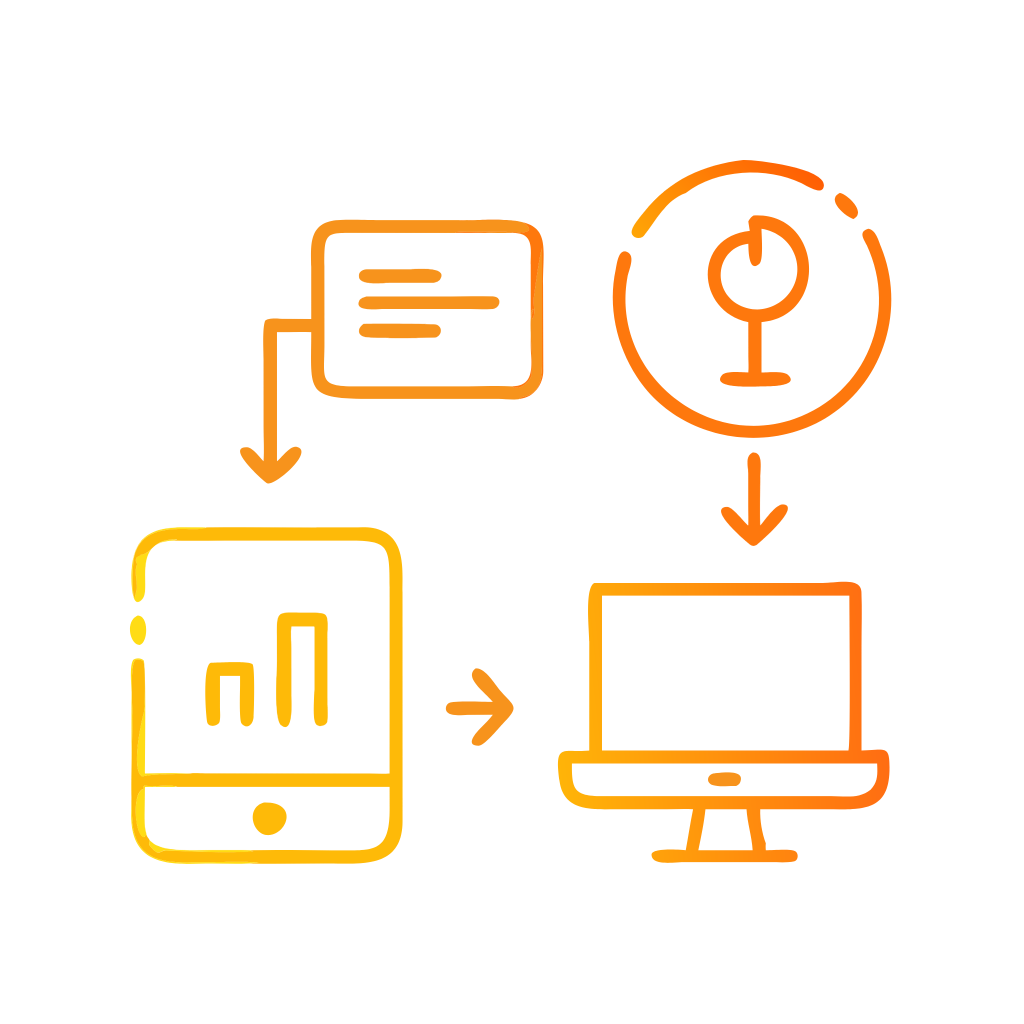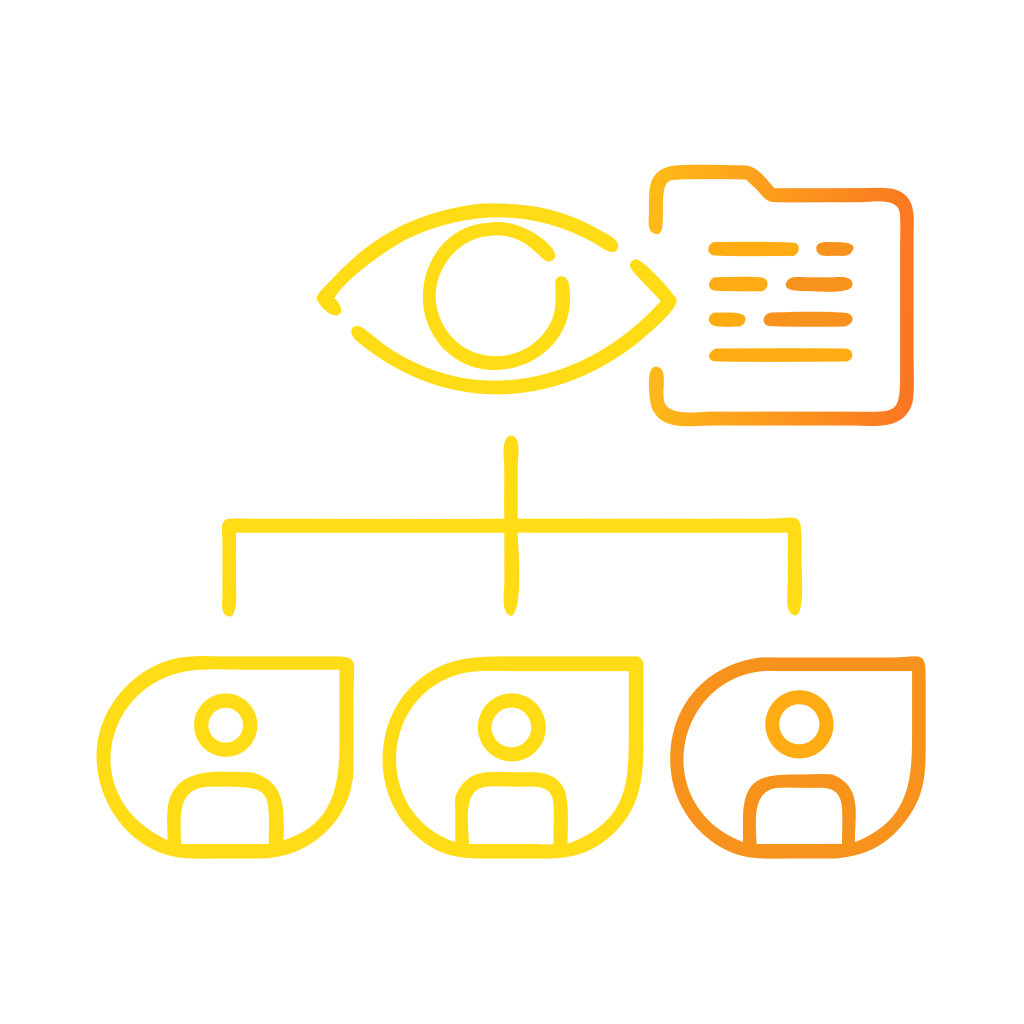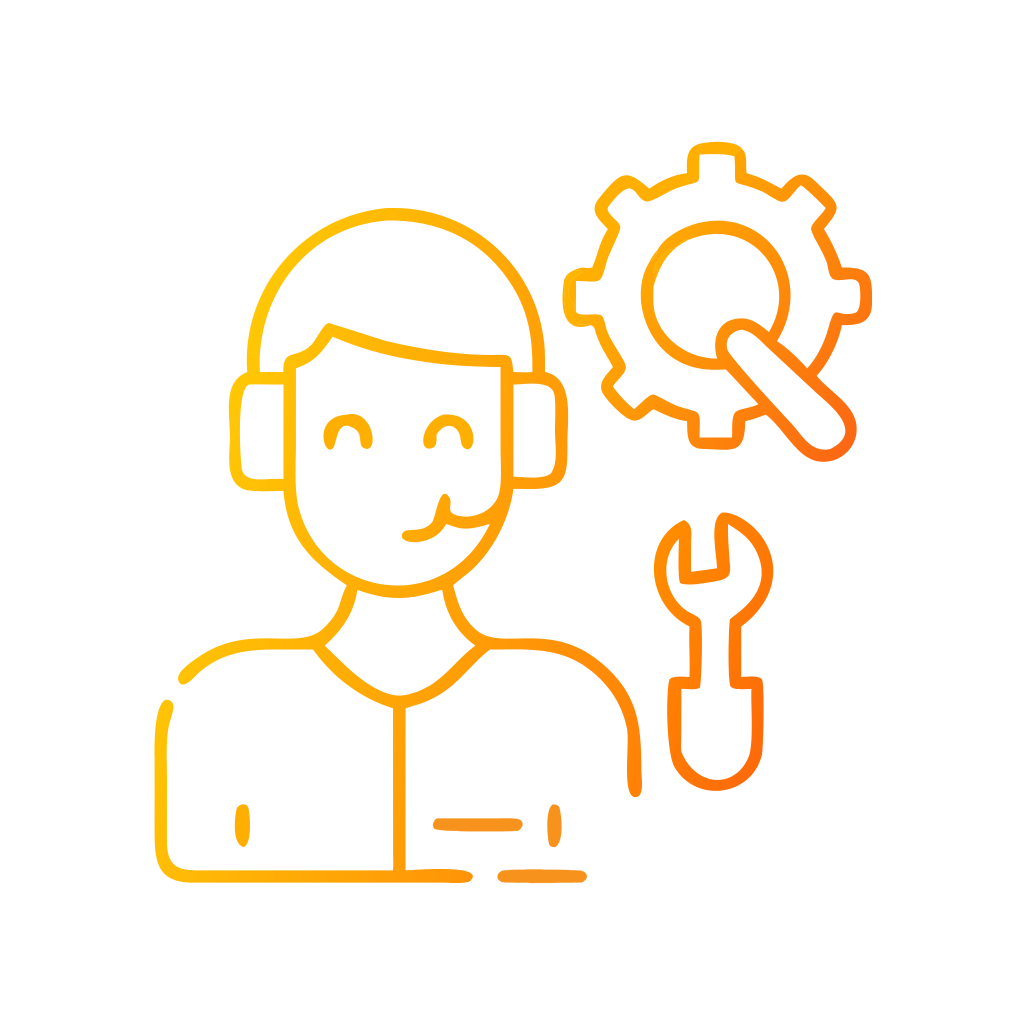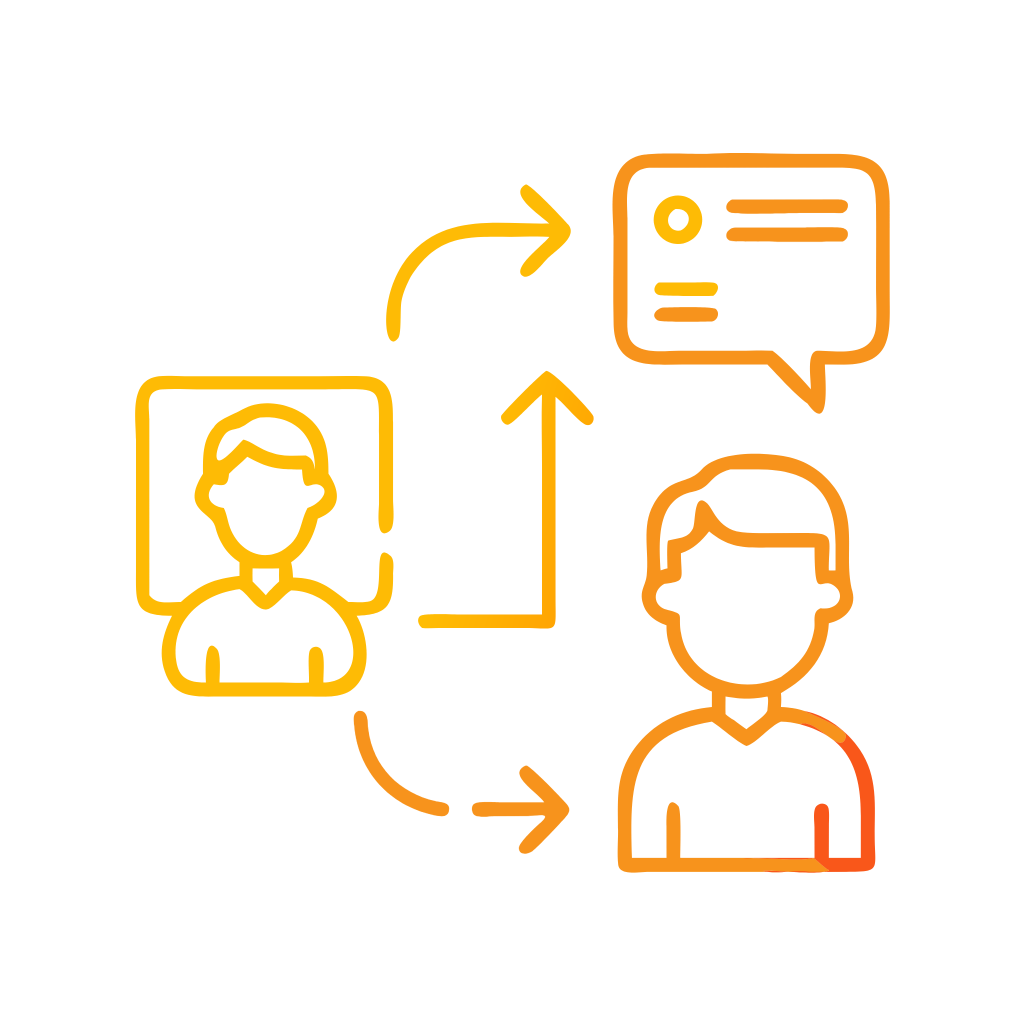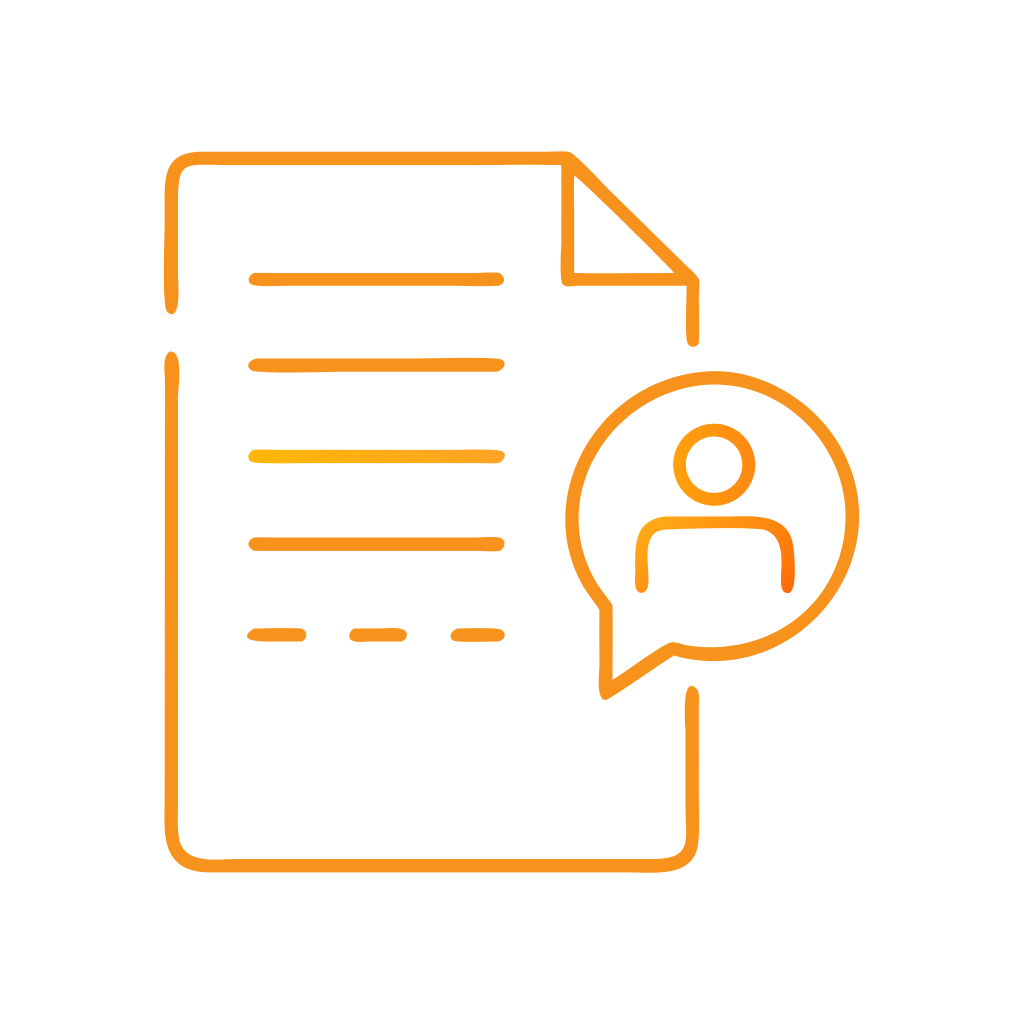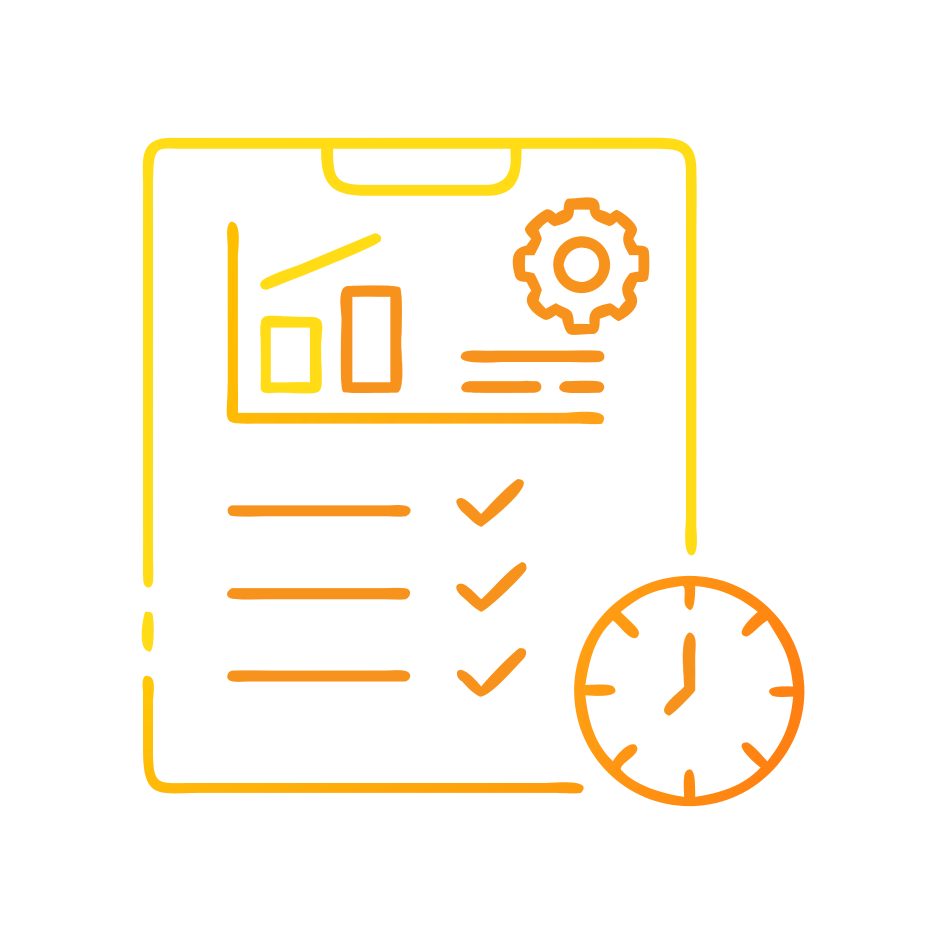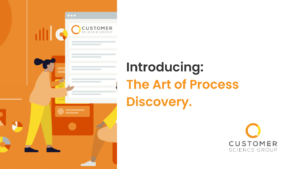Want to kick off an automation program but don’t know where to start?
Introducing the art of Process Discovery
To build a sustainable Intelligent Automation program, you need to have a strong pipeline of opportunities. The typical, bottom-up ‘crowd-sourced’ approach is a great place to start, as just about everyone in the business is likely to have at least one or two processes they find repetitive, tedious and procrastination-inducing.
The key advantages of crowd-sourcing are that it’s quick and fast, all teams across your business get engaged, quick wins are identified early, and the list of processes grows rapidly. The problem is that the opportunities tend to be task rather than end-to-end processes oriented, the volumes aren’t always there to make a good business case, and once the initial hype runs out the pipeline tends to dry up quickly.
So, what are your other options?
Introducing Process Discovery, a series of top-down techniques used to define and understand the various processes within an organisation. It’s an essential approach used to surface a pipeline of strategic automation opportunities. Here are some of the methods used:
1. Process Diagnostic: This is a top-down, methodical approach that carefully looks at the processes a team, department, or business unit performs and seeks out the best improvement opportunities that align with your program’s strategic objectives. Tends to be business process rather than task oriented. An Enterprise Automation Heat Map is used as a guide to quickly identify areas with the greatest chance of value from automation. Using the Heat Map, workshops are scheduled with Business Unit / Functional Department leaders to identify the key processes to attack. Sessions are then scheduled with the respective Process Owners / Subject Matter Experts (SMEs) to conduct high-level walkthroughs of the processes. Advantages are that it is thorough – processes, FTE benefits and automation potential are identified quickly, and it is minimally invasive for the various business units. However, it does require an investment in time, particularly from the various Process owners and SMEs, and it can potentially overlook hidden steps, variations, and business exceptions.
When to use: A Process Diagnostic is effective for the establishment of an automation program where SMEs have a strong understanding of the processes. It can provide first-hand insights into processes and identify points of pain or inefficiency. It’s ideal when the processes are complex, and employees’ inputs are essential to understand the nuances.
2. Direct Observation/Shadowing: This involves watching an employee perform tasks in real time. Direct observation can capture details that may not come out in interviews or workshops and can provide real-time insights into process execution.
When to use: Shadowing is useful when the process is less documented, highly manual, and when the employees may not fully articulate their tasks.
3. Process Mining: This is a more recent, technology-driven approach that that uses software to help organisations easily capture information from enterprise transaction systems, and provides detailed, data-driven information about how key processes are performing. It interrogates event logs as work is done: an order is received, a product is delivered, or a payment is made. The logs make visible how computer-mediated work is really happening, including who did it, how long it takes, and how it departs from the average. Process mining can automatically create a detailed, data-driven view of your processes, identifying bottlenecks and areas of inefficiency.
When to use: Process mining is best suited for processes that are executed frequently and are already digitised or semi-digitised, and where large amounts of data are available for analysis. It is typically used in organisations with established automation programs, as it can require deep IT integration work to establish, and a sufficiently mature automation capability to analyse and act on the outputs and insights. It is less invasive on business teams than the Process Diagnostic, with even more powerful outputs and insights. It is a great approach for an established automation program looking to scale.
4. Task Mining: Like process mining but focuses on employees’ desktop activities. It’s used to discover processes that are performed manually on computers, capturing every mouse click and keystroke to create a detailed map of the process.
When to use: Task mining is ideal for discovering high-volume, repetitive, manual processes performed on computers, which may be prime candidates for Intelligent Process Automation.
5. Business Process Management (BPM) Tools: These tools are designed to help organisations map, model, automate, manage, and optimise their business processes.
When to use: BPM tools are beneficial in an environment where there’s a need to continuously improve and manage business processes, ensuring they remain efficient and effective over time.
The choice of method depends on factors like the scale and complexity of the processes, the degree of digitisation in your organisation, the time, and resources available, and the ultimate goals of your automation project. The best approach often involves a combination of these methods to ensure a comprehensive understanding of your processes.
Are you looking to automate your business processes and improve productivity, efficiency, and accuracy?
Get in touch if you’d like help to build out a process discovery and business case for your automation initiative.
Please complete the form below, our team would love to help.
Written by Bart Thomas


